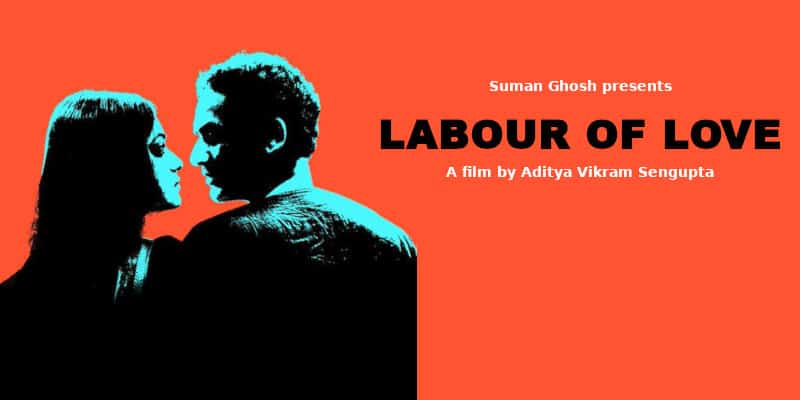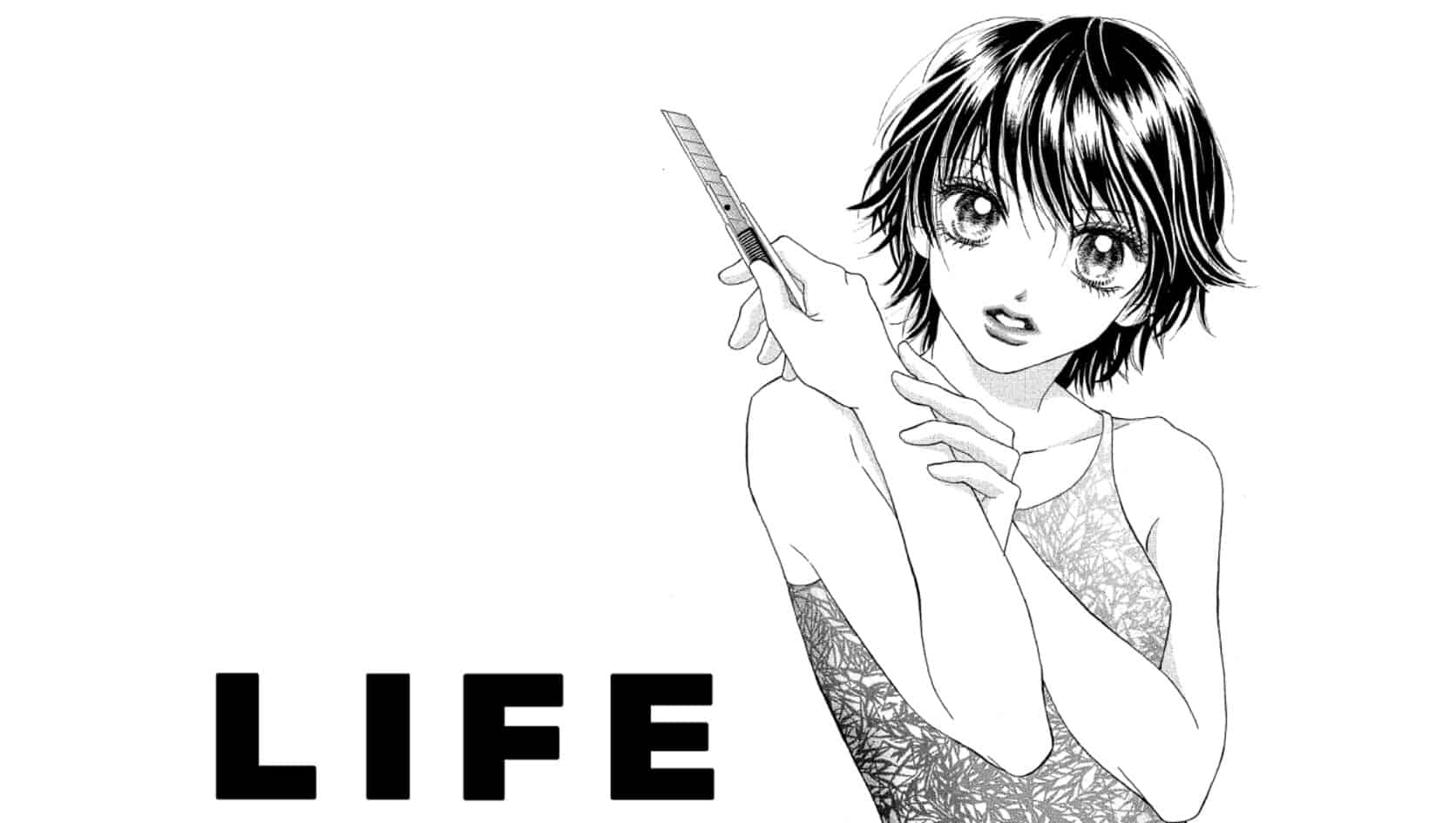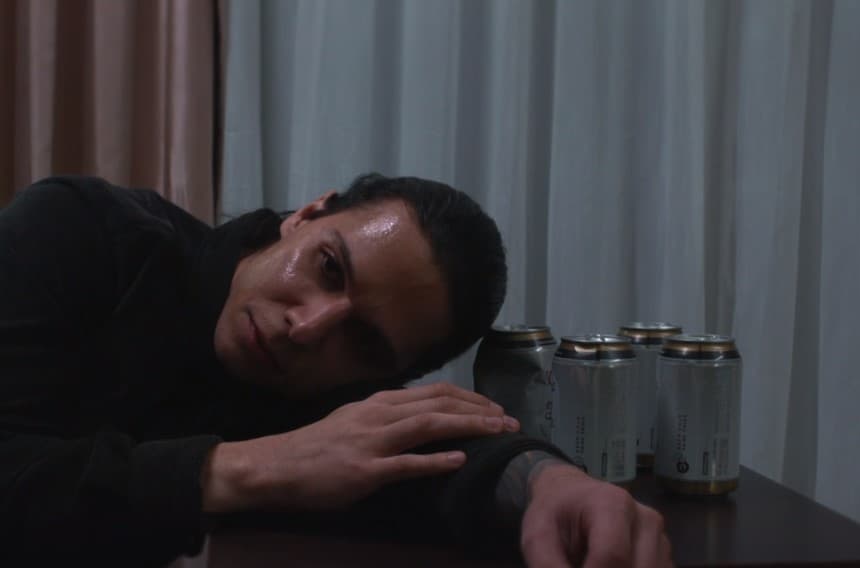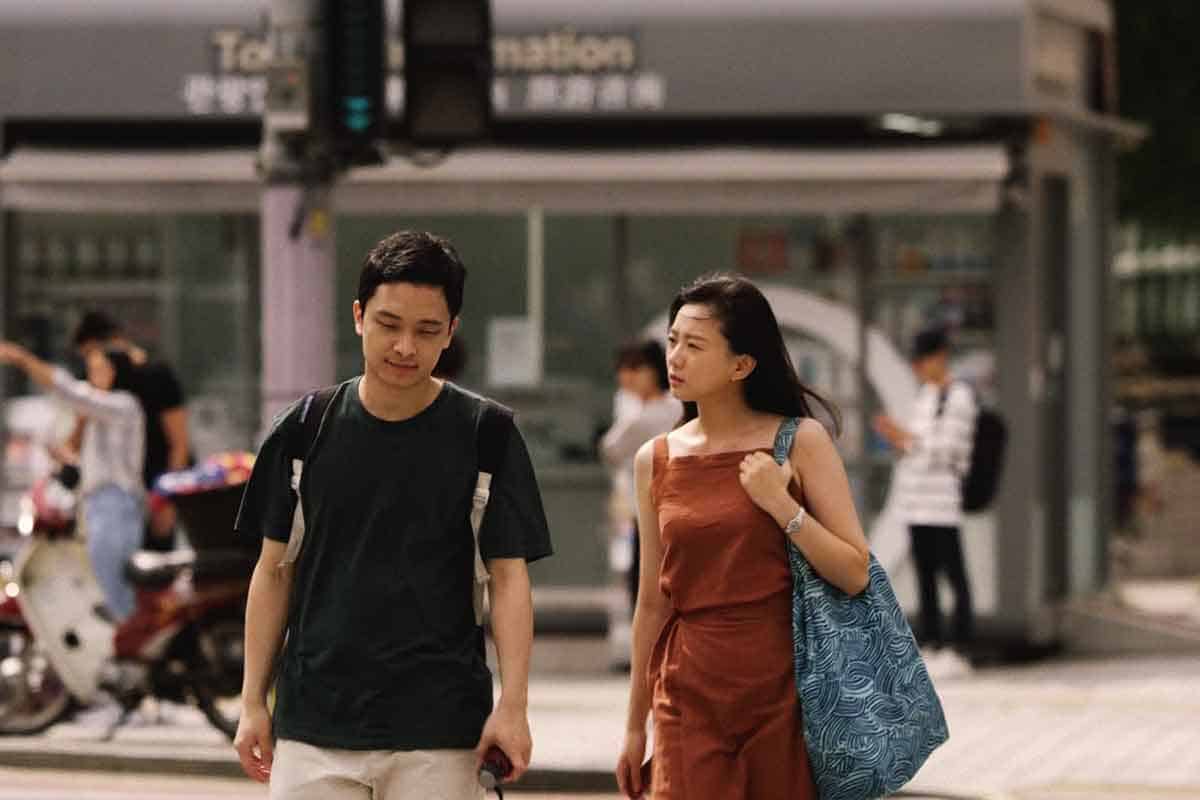by Imran Firdaus
Introduction
“Asha Jaoar Majhe” is an Indian Bengali language film made by Aditya Vikram Sengupta and produced by For Films. The film is about the recession that affected India as well as the world a couple of years back, including a lower middle class married couple who work hard day-night to sustain their lives. This nameless couple does not get a chance to meet each other except in the morning when the husband enters home and the wife leaves for work. Aesthetically slow paced, “Asha Jaoar Majhe” has not only portrayed the life of the couple but also portrayed the space, time, and belonging in which they live. Apparently, no conversation happens among the characters all over the film, but through moving images and the acting of the protagonists, the filmmaker creates an indulging, cognitive dialog with the audience
Mise-en-scene Analysis
Etymologically, the word mise-en-scene came from French and is used in film analysis in the discussion of visual style (Gibbs 2002). The fantasy scene of “Asha Jaoar Majhe” can be analyzed from several aspects such as-
1. Set design/composition
2. Lighting/ camera proxemics
3. Costume/makeup and hair style
4. Acting style
5. Sound/music
1. Set design/composition/space
The scene takes place in the woods. It starts from reality where the audience can see the interior of the protagonists and through a dip to black transition, the couple enters fantasy. In the woods, the filmmaker uses bed, cloth rack, dressing table with mirror as the elements of the set design. He uses the natural setup of the woods as background and on the foreground, the protagonists stand in distance. Foggy, misty ambience and distance between the protagonists show that despite the fact they are married, they do not have the space to mingle with themselves. The rows of trees symbolically signify obstacles. The bed, the cloth rack and dressing table in the middle of the wood resemble household reality. The triadic composition of those elements signifies the unity of the characters. The filmmaker connotatively portrays the couple here as a primitive one, like Adam and Eve.
For compositional background, in most of the places, the filmmaker uses a horizontal line and a diagonal line. The horizontal line connotes serenity, peace and calmness whereas the diagonal line proposes tension, anxiety and pace (Pramaggiore & Wallis 2005). After the first meeting in the fantasy land covered with fog and mist, the characters move forward through the woods, and line across the frame diagonally, which means they are moving through hurdles and the path is not a bed of roses. When the female character leaves home for work and uses the stairway, we see an oblique line again, which symbolizes the anxiety in the film.
The use of space controls the impression of a film. The given amount of space indicates the dominance of the characters. From this perspective, the background is the wood which is vast and on the foreground the characters play their role. This vast background hints that characters can be lost in it. This notion of space tells that no matter how close they are, they are aloof because of the unbearable heaviness of their existence.
2. Lighting/ camera proxemics
In the fantasy scene, the filmmaker uses a low key lighting technique to establish the somber and mysterious essence of the event (Bordwell & Thompson 2008). Aesthetically low key lighting adds a poetic feeling to the scene. On the top, the grey tone of color adds a cosmic serenity to the characters, as it also hides the natural color of the woods, which is green. Like the gray tone of the woods, the protagonists also lost the color of life due to the dominant pressure of surviving.
Camera proxemics defines the camera movement, distance and shot type. There are different types of shots used in the scene: extreme long shot, medium shots, close-ups, two shot, as well as high angle shot, eye level shot. There is an interesting use of track shot evident too. When the characters go up through the wood to the bed, they are caught in an extreme long shot with wide angle lens from an immense distance which implies their struggle. Here, medium shots are used to establish characters' mood and feelings in the scene. The shot also hints the conjugal usher of the couple. Close ups encounter the characters' existence through the scene. The combination of different shots, instead of adding an action pack pace, creates a poetic realm of senses. Filmmaker mostly uses telephoto lens to portray the characters' closeness and reduce the depth of fantasy.
3. Costume/makeup and hair style
The costumes of the male and female characters suggest that they are from West Bengal of India. The white shirt of the male character symbolizes his minimalist, peaceful nature. The floral printed saree with cotton blouse of the female character symbolizes her naturalism and simplicity.
Their costumes also show the contemporary time period of the narrative. Shakha (white bangle), red bangle are Indian cultural remark of married women which is also focused in the frame. The most repetitive motif in the scene is the wrist watch. It dictates that humans are governed by time, especially in the modern urban civilization, regardless of reality or fantasy. The hair style also represents the characters' features and temperaments. Tidy hairstyle of the female protagonist suggests that she is neat and organized. Messy hairstyle of the male protagonist refers that he is not much disciplined.
4. Acting style
This no-conversation scene features a poignant style of acting from the performers. Aesthetically, they follow the neo-realistic approach of acting. The way they act all over the scene, as well as the film, does not remind they are acting. The gestures, postures and body language add a lot of emotions and feelings to the film that is louder than utterance. It also adds a lyrical quintessence.
5. Sound/music
The filmmaker tells a lot about the film or the scene with diegetic and foley sound. In the fantasy scene, the chirp of birds and whirling sound of air creates a mystical illusion. When the couple gets back to reality, the audience hears school children singing the national anthem as a diegetic that indicates a city's morning sound verve. The filmmaker used Hindustani classical raga Tilak Kamod played by Ustad Bismillah Khan significantly as the outro of the scene. This tune is famous as wedding music in India. By placing it as outro, the filmmaker showed his dubious feelings about the concept of marriage.
Conclusion
Filmmaker Aditya Vikram Sengupta and his team try to pull out the ruthless sacrifice of a married couple for reasons of survival under the mechanical repression of politico-economical culture. The filmmaker portrays the dialectic of precariat class through moving images and cityscapes. And it is in between where the audience finds an innate poetry in the heart of the film. About the zero dialog aspect of the film, filmmaker expressed in one interview that initially he had at least one talking scene but as the film approached to the apex of the instinctive rhythm of the story, he dropped the thought of using conversation (hindustantimes.com 2014).
The rhythm and lyricism followed by “Asha Jaoar Majhe” is an extension of 1980's art house films. The actors with their enigmatic silence draw the viewers till the end. And devoid of any social interactions, they become figures that are abstract and symbolic.
In the filmmaker's debut film, he follows the static shots and long takes aesthetics of contemporary visual storytellers Nuri Bilge Ceylan and Tsai Ming-liang. And through that, he brings forth a visual narrative inspired by a two-page Italo Calvino short story, “Adventures of a Married Couple” (The Scrool.in 2016). While people thought a micro social organization like marriage is more mechanical than emotional apparatus of society, filmmakers brought forward the nature of understanding, collaboration and organic nature of the conjugal life on screen via humanistic manner.
Reference List:
Asha Jaoar Majhe 2014, DVD, For Films, India.
Bordwell, D. & Thompson, K. 2008, Film Art: An Introduction, 8th edn, McGraw–Hill, New York.
Gibbs, J. 2002, Mise-en-scene: Film Style and Interpretation, Wallflower Press, Columbia University Press, New York.
Hindustantimes.com, 2014, Why Aditya Sengupta's Asha Jaoar Majhe has no dialogues, viewed 01 Jun 2017, < http://www.hindustantimes.com/world-cinema/why-aditya-sengupta-s-asha-jaoar-majhe-has-no-dialogues/story-cBHA98hAr87SKSZxWEfwEI.html>
Pramaggiore, M. & Wallis, T. 2005, Film: A Critical Introduction, Laurence King Publishing, London.
Scroll.in 2016, Indian director among select 16 to be hosted at Cannes Film Festival talent lab, viewed 01 Jun 2017, https://thereel.scroll.in/804777/indian-director-among-select-16-to-be-hosted-at-cannes-film-festival-talent-lab






















Where was this scene shot? Would love to know the location since I visit a place for work reasons which looks very similar to this.